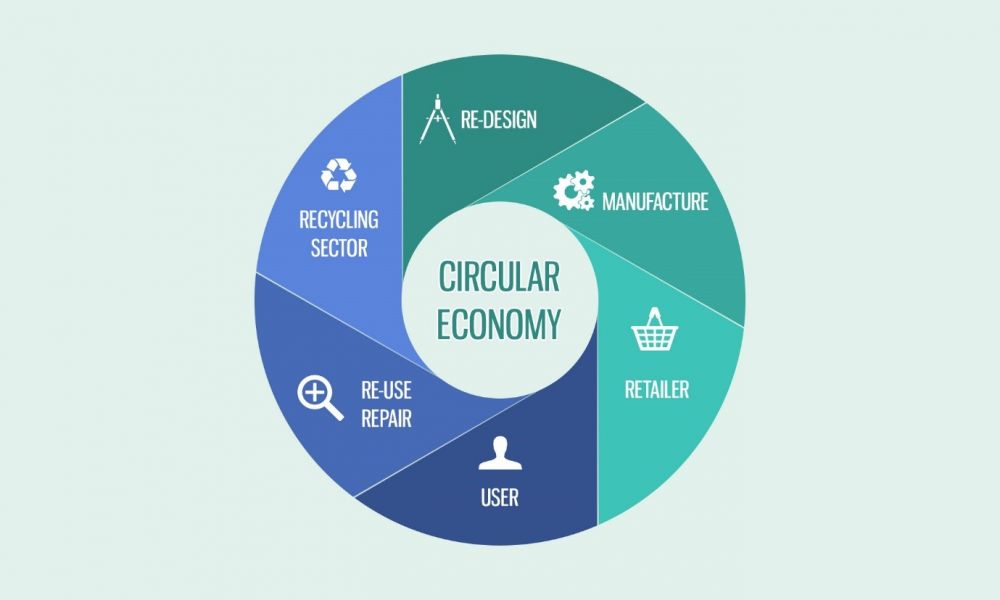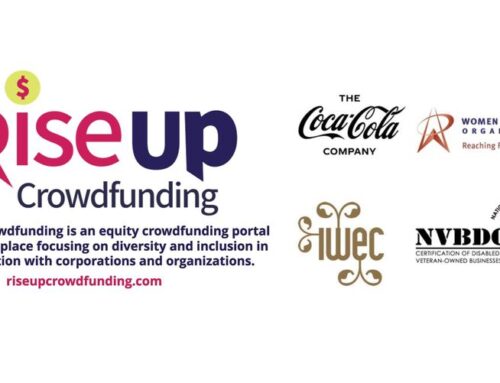As more companies commit to innovative circular economy and sustainability strategies and investments, there is an increased need to learn the best practices for successfully communicating these decisions externally.
The US Chamber of Commerce Produced a document which offers insights
This publication,Messaging the Circular Economy, showcases (1) tactics companies are taking to educate customers on their circular products, ambitions, or service offerings, and the opportunity the circular economy represents in the United States; (2) perspective pieces from nonprofit organizations, communications and advisory firms, academia, and trade associations on how to communicate to external stakeholders about circularity; and (3) research on what messages resonate with which audiences.
This publication covers approaches from a wide range of businesses, from internationally headquartered to U.S.-headquartered, publicly traded to privately held, business-facing to consumer-facing, and across industries, from consumer electronics to apparel.
Communicating business relevance, shared responsibility, and corporate priorities about extending the useful life of products and services involves many tactics, exemplified and explained in the chapters to come. We’ll see details of video campaigns, graphics, white papers, and playbooks, as well as the value in transparency regarding lessons learned and approach rationale.
This publication fills the gap in the literature on how companies can most effectively communicate about their circular ambitions, products, and service offerings. Businesses that want to understand how best to communicate such priorities can reference the examples and research insights featured in this report.
We hope you enjoy it!
Stephanie Potter
Senior Director, Sustainability and Circular Economy Program
Corporate Citizenship Center, U.S. Chamber of Commerce Foundation
Scott Breen
Associate Manager, Sustainability and Circular Economy Program
Corporate Citizenship Center, U.S. Chamber of Commerce Foundation
*What is a circular economy?
Looking beyond the current take-make-dispose extractive industrial model, a circular economy aims to redefine growth, focusing on positive society-wide benefits. It entails gradually decoupling economic activity from the consumption of finite resources, and designing waste out of the system. Underpinned by a transition to renewable energy sources, the circular model builds economic, natural, and social capital. It is based on three principles:
- Design out waste and pollution
- Keep products and materials in use
- Regenerate natural systems
*as defined by Ellen Macarthur Foundation


